38+ Sample Training Needs Analysis Templates
-
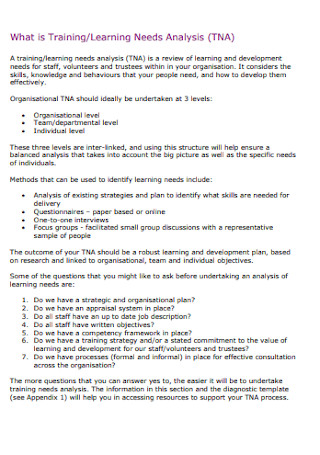
Training and Learning Needs Analysis
download now -

Manual on Training Needs Analysis
download now -

Training Needs Analysis Report
download now -
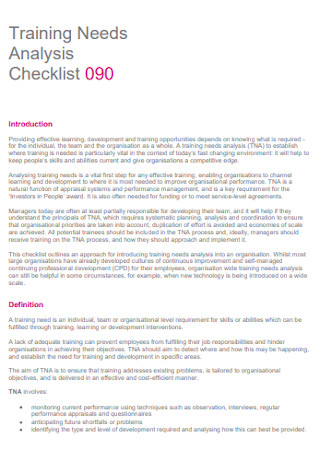
Training Needs Analysis Checklist
download now -

Sample Training Needs Analysis Template
download now -
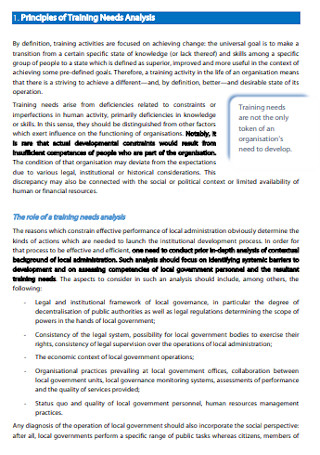
Training Strategies Needs Analysis
download now -
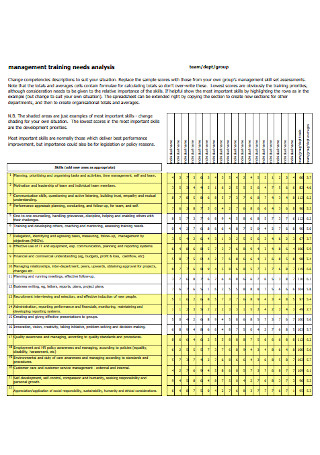
Management Training Needs Analysis
download now -
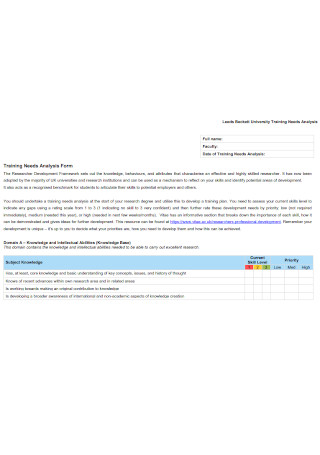
University Training Needs Analysis
download now -
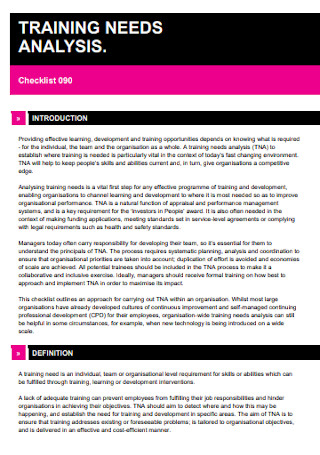
Basic Training Needs Analysis Template
download now -
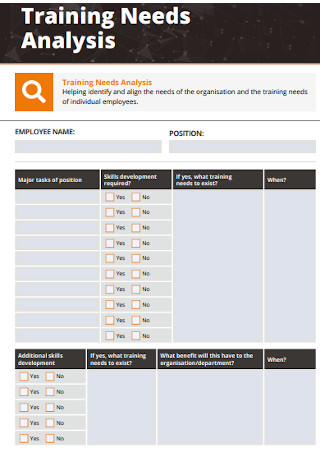
Employee Training Needs Analysis
download now -
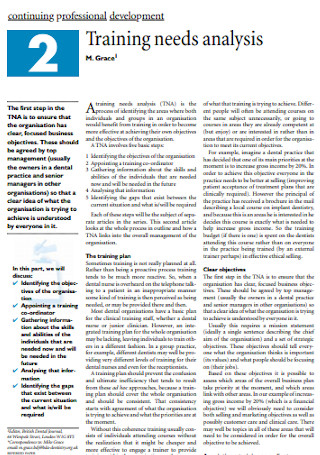
Professional Training Needs Analysis
download now -
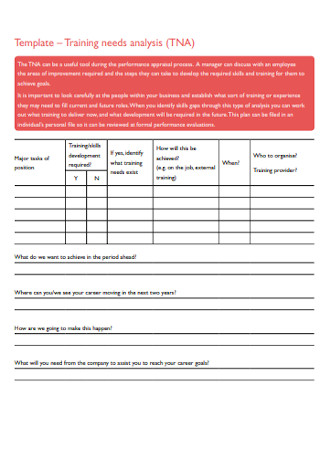
Standard Training Needs Analysis Template
download now -

Course Training Needs Analysis
download now -
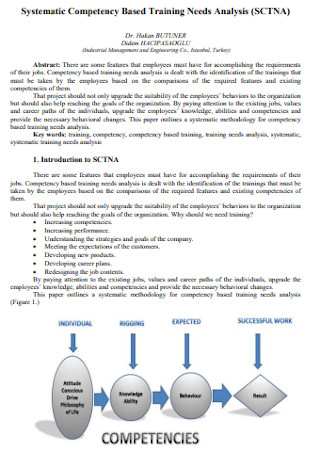
Systematic Training Needs Analysis
download now -
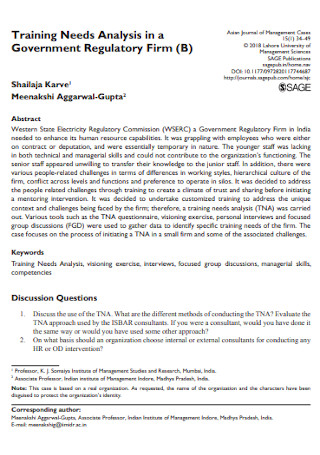
Government Training Needs Analysis
download now -

Training Needs Analysis Policy
download now -

Partnership Training Needs Analysis
download now -
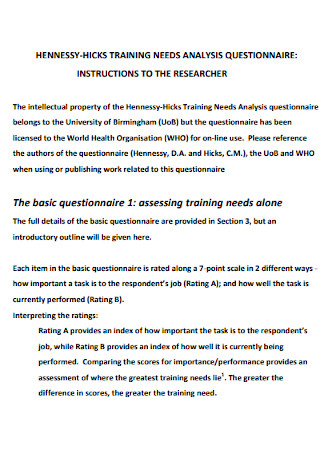
Training Needs Analysis Questionnaire
download now -
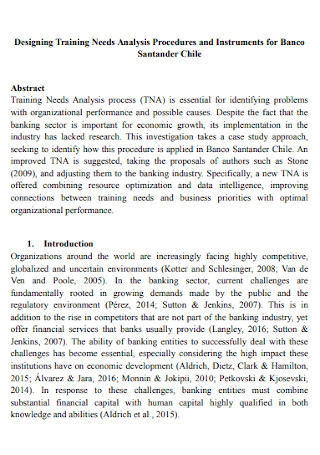
Designing Training Needs Analysis
download now -
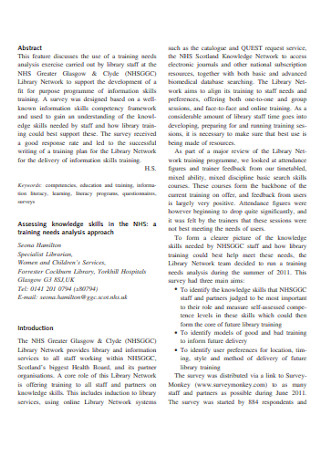
Teaching Training Needs Analysis
download now -
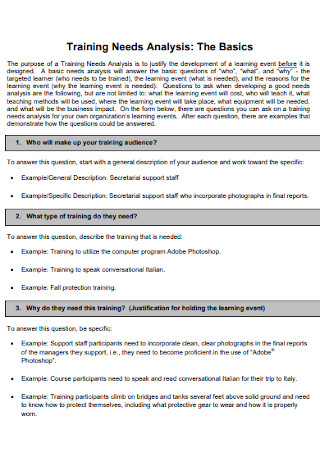
Basic Training Needs Analysis Example
download now -

Company Training Needs Analysis
download now -

Training Needs Analysis Format
download now -
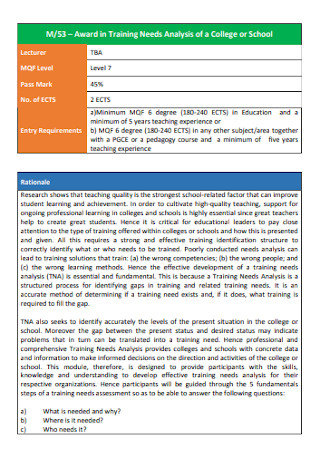
Training Needs Analysis of a College
download now -
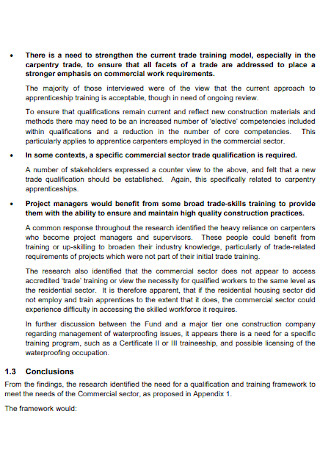
Construction Training Needs Analysis
download now -
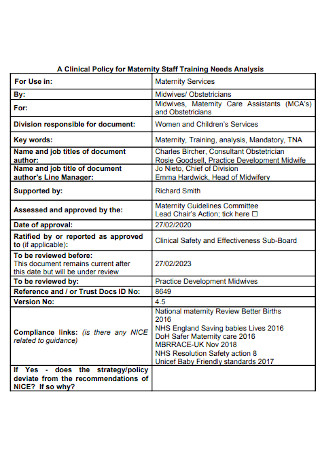
Staff Training Needs Analysis
download now -
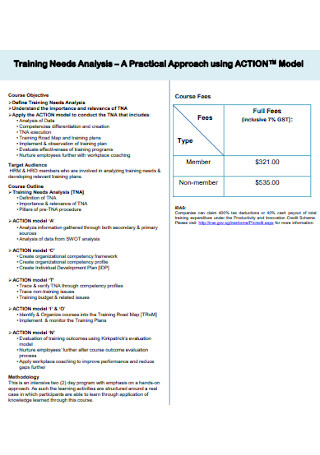
Practical Training Needs Analysis
download now -
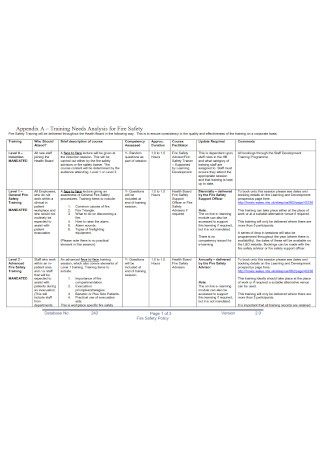
Training Needs Analysis for Fire Safety
download now -

Training Plan Needs Analysis
download now -
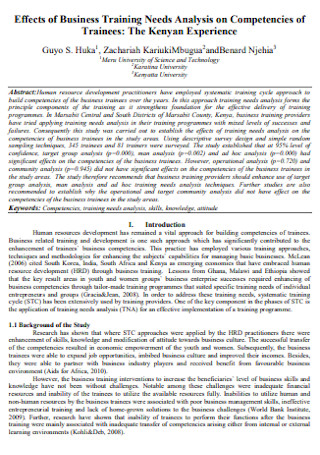
Business Training Needs Analysis
download now -
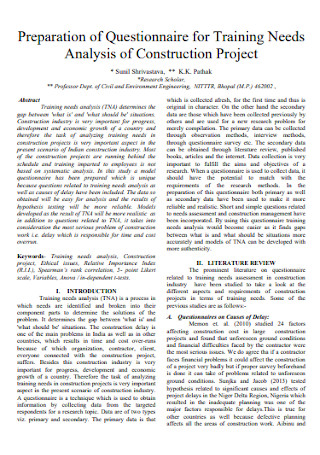
Construction Project Training Needs Analysis
download now -
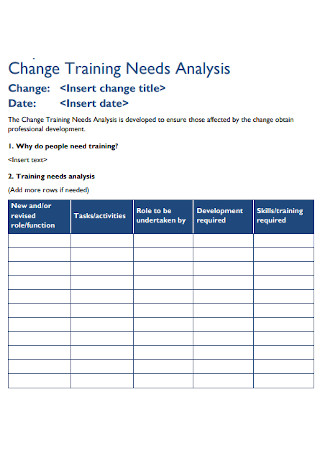
Training Change Needs Analysis
download now -
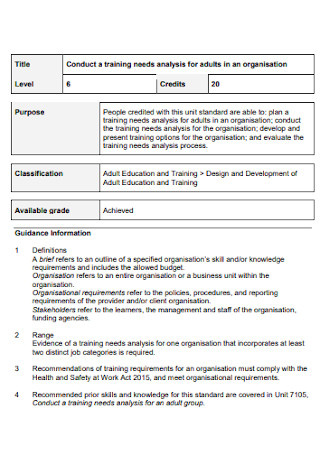
Training Needs Analysis for Adults
download now -
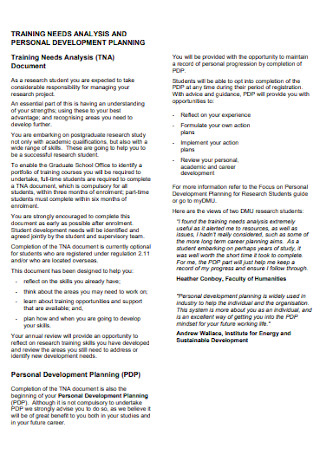
Personal Training Need Analysis
download now -
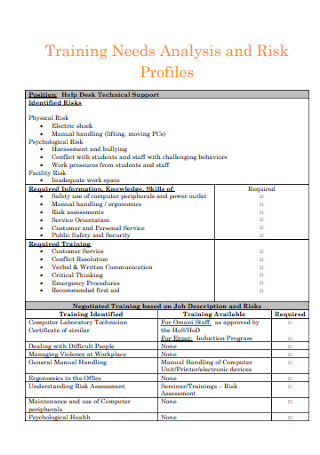
Risk Training Needs Analysis
download now -
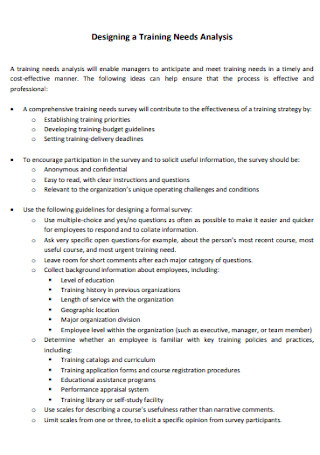
Designing a Training Needs Analysis Template
download now -
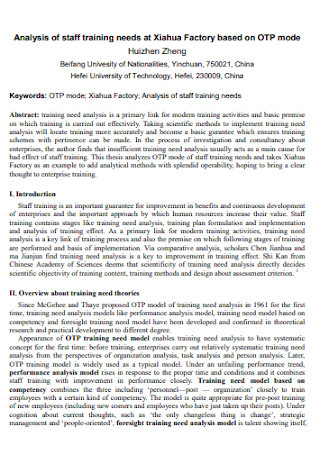
Analysis of Staff Training Needs
download now -
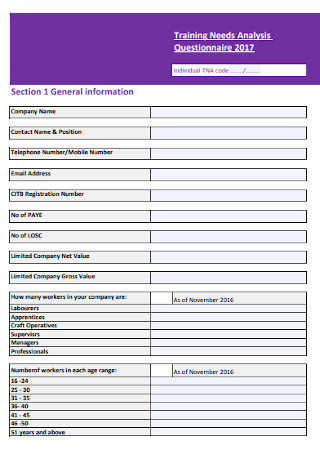
Training Needs Analysis Questionnaire Example
download now -
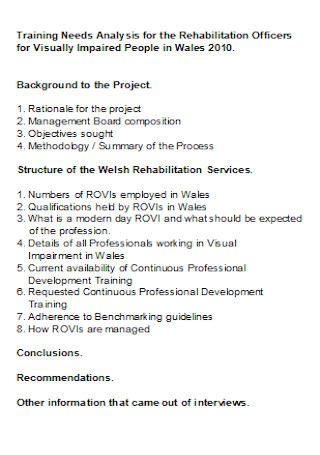
Training Needs Analysis for Rehabilitation Officers
download now
FREE Training Needs Analysis s to Download
38+ Sample Training Needs Analysis Templates
What Is Training Needs Analysis?
What Are the Common Examples of TNA Methods?
How to Conduct Training Needs Analysis
FAQs
What are the types of training needs analysis?
What are the levels of training needs analysis?
When should training needs analysis be done?
Who is responsible for employee training?
What Is Training Needs Analysis?
Do you ever wonder if there is any way to monitor and assess your company and its objectives before training each employee? Yes, training needs analysis exists for that. TNA, for short, this analysis is a systematic process flow where businesses recognize workers’ training and development needs. So, job training will push through efficiently and effectively. A training program can be flawed, and if that continues, poor results will follow after training. Therefore, conducting TNA should not be skipped to develop spectacular training plans, strategies, and results—a win-win situation for both managers and workers.
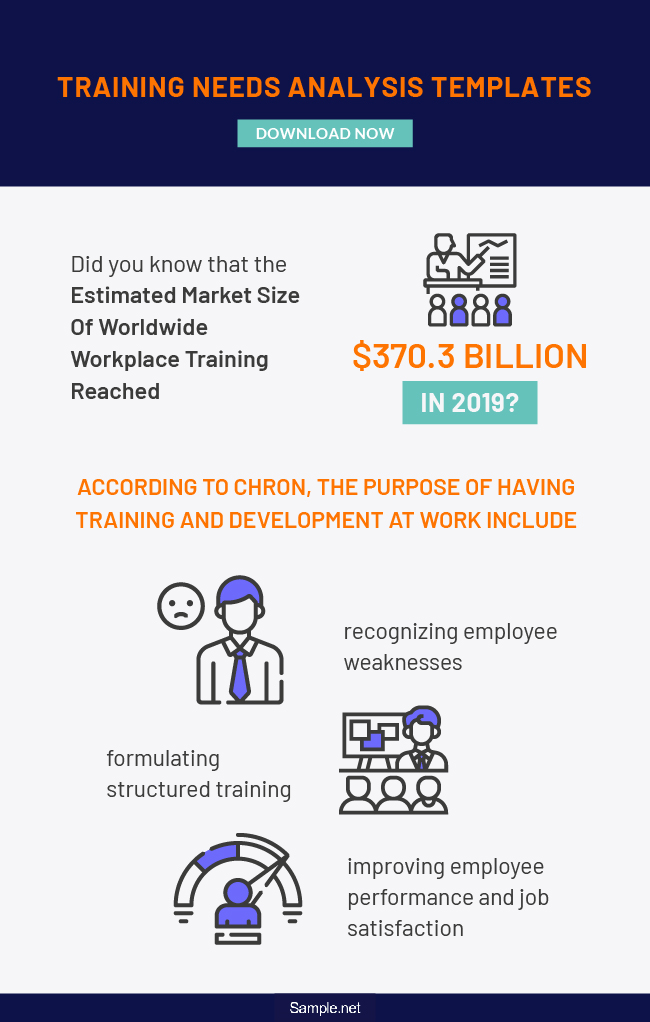
Did you know that the estimated market size of worldwide workplace training reached $370.3 billion in 2019?
According to Chron, the purpose of having training and development at work include recognizing employee weaknesses, formulating structured training, and improving employee performance and job satisfaction.
Why Use Training Needs Analysis?
TNA is important, and how that matters can depend on every organization’s goals. Remember that many facets exist on why identifying the training needs of employees is significant to managers. Generally, a manager uses TNA to address what skill set is needed to finish the job or tasks at hand. The same importance applies to evaluate the current skill levels of every worker. Most importantly, to identify the training gap—the difference between the skill sets needed in completing the job and the current skill sets of the employees or staff members.
Also, the analysis is a reminder of the importance of training and development in the workplace. Training systems address weaknesses, formulate structured training or development, and enhance worker performance and job satisfaction. The problem is that many businesses give training right away without further acknowledging if the training methods given are really what team members need. Training programs must be managed right. And that is just why training needs analysis is crucial to any organization.
What Are the Common Examples of TNA Methods?
You already know that training needs analysis is your official framework or model to plan the best training systems that meet the employees’ needs. But what exactly are the methods used to handle the analysis? There are various examples in conducting TNA, and you must select which ones will suit your application. And if you are confused with which option is appropriate for your company, do not worry. We got you covered. Here are the typical examples of TNA methods:
How to Conduct Training Needs Analysis
According to Statista’s 2019 research survey, worldwide workplace training’s estimated market size is up to $370.3 billion. And it proves how essential training is in the industry. Yet, it is an issue if people think that training’s impact is only lightweight. Indeed, having impressive goals and objectives is promoting good intentions. However, not being sure if a manager gave the appropriate training program marks the main concern. Hence, you should carefully manage TNA. How so? Follow these six easy steps on how to conduct training needs analysis effectively.
Step 1: Make a Business Profile
The HR or supervisor must have thought of a company profile that tackles on staffing. That profile helps in recognizing the knowledge, skills, or abilities needed for every position. Besides staffing, you can also be reminded about the enterprise’s goals, vision, and objectives through branding, which you can base in making the business profile. And this overall profile marks as your detailed plan to move forward.
Step 2: Ask the Significant Questions
Now to kick-off the strategic plans, ask the necessary questions. Such questions will be used to reevaluate your training strategy and observe a newer and more effective learning program. You may ask about your enterprise’s main goals and the training objectives. The same goes for asking if you are working with the right team. Maybe you came up with interesting training strategies, but they are more appropriate for training senior-level employees. So, do not expect that the program will work efficiently with newbies right away.
Step 3: Comply with the Regulations
Did you know that noncompliance is a common issue that brought down many businesses? Do not make the same mistake. Always review the required licenses, conditions, and regulations needed for your company. Examples include the required codes of conduct for the crew, training schedules, and other training needs. A tip is to prepare a checklist of everything to comply with. Also, check once every label has been completed.
Step 4: Conceptualize the Roadmap
Through the different TNA methods discussed before, you can gather insights about what to achieve in the business or what to include in training. Specifically, in using the interview or questionnaire method. Based on the results gathered by the methods used, plot an instructional design as your roadmap. And your insights will help identify the best training programs that meet the right training needs. Remember to think critically at this part because there are many considerations involved from such insights.
Step 5: Analyze the Present Training Materials and Steps
Businesses, in general, already have their assigned training materials and methods prepared. But you must conduct further steps that require you to observe your company. What methods did work and did not work? Also, what can be changed to improve the outcome? Those are some things to analyze here. And those current training steps or materials will be used to compare with what should be implemented in the final training scheme.
Step 6: Create Recommendations
After you handle the analysis thoroughly, you can eventually make conclusions. Be sure to highlight the most important lessons you gathered from the analysis. Examples include recognizing the training gaps, delivery methods, final regulatory requirements, updates, and reduced costs or resources. But your job does not stop there. Think about the essential recommendations that should be made. Most importantly, ensure that each recommendation is specified to your business needs and not as a single solution for all. And once you finish listing the recommendations, launch the training with your plan.
FAQs
What are the types of training needs analysis?
Generally, there are three main types of training needs analyses—knowledge, skills, and abilities. And you identify which type your planned data analysis should be focusing on. Or perhaps, you plan to make a triple threat analysis where you use all the three types. Although combining all three is a lot complicated, the results will be worth it if managed well.
What are the levels of training needs analysis?
There are, ultimately, three major levels of TNA—the organizational, team, and individual levels. Expect them to be achieved through a visual representation of a company’s goals, performance appraisals, and staff training plans. And organizations must adapt such levels or choose the appropriate level to ace the analysis.
When should training needs analysis be done?
To conduct the TNA should be the first step to develop before making a training program. That is because you will slowly establish a well-planned training program after getting insights from TNA. So be sure to add this step in any business contract so you will not forget it.
Who is responsible for employee training?
Employee training is likely prepared by whoever belongs in the management position. Managers, supervisors, or leaders must provide the right training resources, materials, and methods to enhance every worker’s growth and development.
American author Zig Ziglar once said, “The only thing worse than training employees and losing them is to not train them and keep them.” And his quote is relevant to how training and keeping great employees play until today. Ever since the great recession between 2007–2009, workplace training industries worldwide were hit tragically. Thus, companies started to rebound by developing smart strategies and methods for training. And with training needs analysis as part of the picture, rest assured the outcome is worth looking forward to.
